Plastic is ubiquitous in our culture. It’s convenient, fast, and cheap. We find it in water bottles, dishes, baby bottles, children’s toys, lotions, and even our cosmetics.
But there is usually a price to pay for convenience, and in this case, we’re talking about toxicity overload. Most people think that plastic is a single material, but in reality, plastic is a concoction of numerous synthetic materials combined to create the softer-than-rubber texture that has become the mark of modern life.
What Are Plastics?
Plastic refers to materials that are typically made from byproducts of oil, natural gas, or coal. (1) Plastics are also known as polymers. After they are designed, additives are combined with the base material to give it the properties required for whatever it will be used to manufacture. Some additives will make plastic more heat resistant, chemical resistant, or fade resistant. Examples of additives included in plastics are: (2)
Are you struggling with a Thyroid condition? We’ve created a FREE guide that shows you how you can heal your thyroid.
Click here to get your FREE copy of our Thyroid Guide!
- Antioxidants: to prevent weathering
- Colorants: to change the color
- Foaming agents: for carpet padding and foam insulation
- Plasticizers: for flooring, insulation, gutters, and more
- Lubricants: for airplanes, locks, hinges, and more
- Anti-stats: to cut back on static electricity
- Antimicrobials: for wall covers, shower curtains, and toilet seats
- Flame retardants: for wire coverings, children’s toys, and more
Plastic material is used to manufacture hundreds of everyday products, from everything like mattresses and cushions to insulation, flooring, furniture, dishes, glues, water bottles, and siding.
Bottom line: Plastic is a common material used in hundreds of everyday products, and it can be found in almost every home. Plastic exposure is almost a guarantee for everyone in the modern world.
9 Ways Plastic Wrecks Our Health and Environment
Additives in plastic don’t just stay there—they get absorbed into bodies, break down as dust and pollute the air, and get into soil and water. (3) Certain components of plastic have hormone mimicking properties that can increase your risk of cancer. (4)
[tweet_quote]Additives in plastic pollute the air and get absorbed into bodies.[/tweet_quote]
Most don’t look beyond the convenience of plastic, but in reality, polymers are putting human, animal, and environmental health at serious risk.
1. Plastic Injures and Poisons Wildlife
Whether it’s large pieces of garbage debris that entangle animals or fish, or tiny fragments that get ingested by birds, fish, or other wildlife, plastic ends up in places it doesn’t belong and brings harm to wildlife across the world. According to the linked study, at least 77 species of marine wildlife in Australian waters have been impacted by entanglement or ingestion of plastic debris. While entanglement is more common, ingestion is sometimes difficult to assess since not all dead animals are analyzed to determine if ingested debris was a contributing factor. Still, the problem is widespread, impacting every corner of the world and hundreds of species. (5)
2. Plastics Escape from Landfills into Water Supplies
As much as people don’t love the thought, all that garbage that goes into landfills doesn’t just stay there. Ground water supplies in surrounding areas can become polluted with toxins found in plastics as plastic material absorbs into the soil. While the EPA closely monitors groundwater supply, there is a certain volume of allowable toxins in the water. A primary way to protect groundwater supply is to reduce the quantity of garbage going into landfills. (6)
3. Plastics Consume Priceless Energy
It takes a significant amount of oil to manufacture plastics, both in raw material for the product and in energy used to produce it. This energy could be better spent or conserved, but instead is spent manufacturing a product that will, in theory, never leave the environment since it’s incredibly likely to end up in a landfill at some point or another. (7)
4. Plastics Leach into Food and Drinks
Whether it’s BPA from soda cans or BPA-free plastic that is heated in the microwave, plastic particles leach into foods and beverages more easily than people think. When plastics are heated, like in a microwave, or washed in extremely hot temperatures, like in a dishwasher, they break down and release particles that then get absorbed through skin contact or through food or drinks. While these toxins can be reduced by handwashing plastics in lower temperature waters, they will still break down over time as they age. (8)
5. Plastics Cross the Placenta
Toxins and chemicals that get ingested don’t stop at circulating within the body or living in adipose (fat) tissue. They also accumulate in the placenta, and most babies are born already having been exposed to dozens of chemicals. Even mothers who are cautious about their exposure to plastic or other hormone-disrupting chemicals will ingest them as a result of environmental exposure, water, and food. (9)
6. Plastics Cause Reproductive Harm and Infertility
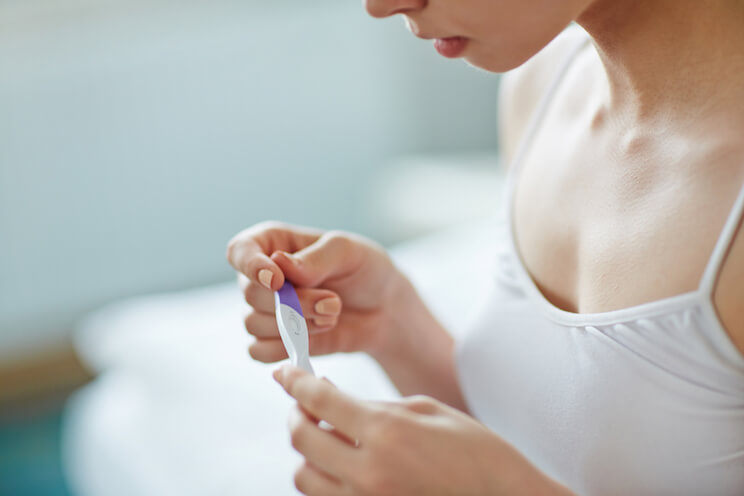
7. Plastics Increase Risk of Breast Cancer
While manufacturers of plastic products continue to insist that they’re safe, research has linked certain chemicals found within plastic products to certain kinds of cancer, particularly breast cancer. This can be especially scary for women who have genetics that lead to a higher risk. Reducing plastic exposure can be one way to lead a cancer-preventive lifestyle. (15,16)
8. Plastic Can Disrupt the Thyroid

9. Plastics Increase Risk for Heart Disease and Diabetes
While diet plays a large role in heart health, high levels of plastic exposure can contribute to greater cardiovascular disease risk. (19) Not only that, but toxins found in plastics can also increase the odds of developing type 1 or type 2 diabetes. Plastics can lead to cellular confusion, which can increase the risk of autoimmune reactivity (type 1) or can reduce hormonal sensitivity, leading to insulin resistance (type 2). (20) [tweet_quote]Toxins found in plastics can increase the odds of developing diabetes.[/tweet_quote]
Bottom line: We come in contact with plastics throughout our daily life. It’s hard to get away from it since it’s found in homes, work places, public transportation, food products, and everything in between. The cumulative exposure that occurs can be detrimental to your health.
How to Detox from Plastic Exposure
While it’s alarming to realize how plastics are found in every aspect of life, there are things we can do to protect ourselves from the negative impact.
First, we need to be able to detox from these exposures, since even plastic-conscious people will still find some level of exposure nearly unavoidable.
The primary way that the body detoxes is through the liver. The largest internal organ, the liver is the body’s filter and trash collector. It filters the blood and removes toxins, breaking them down and pairing them with water molecules for elimination from the body.
The kicker is that the more toxic we become, the less efficiently the liver works. It gets bogged down, and while it can work independently, if we live a lifestyle that supports the liver, it will work more effectively.
Certain foods and nutrients support liver health, and these need to be regularly replenished.
5 Detox Foods for Your Liver
The body is equipped with several organs that are designed to help take out the trash, so to speak. The liver is the primary detox organ, and in order to detox effectively, the liver needs to have access to the nutrients that help it function at its best.
1. Water
While not technically a food, staying hydrated is step one for being able to effectively flush toxins from the body. The liver pairs toxins with water molecules and sends them out of the body via the kidneys and intestines. When enough water isn’t consumed, urine output decreases and constipation occurs. To be a toxin flusher, you’ll want to stay hydrated enough to not feel thirsty. (21) Another way to gauge hydration is by the color of the urine: the lighter it is, the more hydrated you are. The darker it is, the more concentrated, usually resulting in decreased output. Ideally, bowel movements will occur one to two times daily, and should pass easily without strain. If constipation is a problem, the other foods that support liver health can also ensure healthy bowel elimination.
2. Cruciferous Vegetables
Broccoli, cauliflower, and cabbage are three of the more well-known crucifers. While some may avoid them due to their signature bitter profile, or because they’re known to be gas-producing, if you’re concerned about plastic exposure, you’ll want to regularly indulge in them. Crucifers are rich in phytonutrients that actually help the liver to counteract the harmful effects of certain toxins. They also protect the liver itself from being damaged by exposure to the toxins. If gas is a problem, start by steaming them, and slowly work your way into eating them raw. Enjoy two to four servings daily for optimal benefits. (22)
3. Garlic
The allicin found in garlic is frequently compared to pharmaceutical compounds for its amazing ability to promote healing for the immune system. Allicin is also protective of the liver, and boosts the ability to more efficiently detox. Garlic can be eaten raw, roasted, or baked, and pairs well with numerous foods and flavor profiles. Eat some garlic daily for best detox benefits. (23)
4. Berries
Famed for their antioxidants, berries are one of the best foods for healthy detox because they are rich in nutrients and low in natural sugar. While sugars that are naturally found in foods aren’t all bad, when you’re eating with detox in mind, you will want to focus on foods that are nutrient-dense and free from empty calories. Berries can be enjoyed regularly without spiking blood sugar. Eat one to two cups daily for a hefty dose of vitamin K, vitamin C, and fiber. (24)
5. Leafy Greens
Last but not least, leafy greens are rich in vitamin K, which promotes healthy blood. While some associate vitamin K with clotting, it’s also essential for healthy hemoglobin levels. Leafy greens also contain iron, which is also essential for having properly oxygenated blood. You want your blood to be as robust and healthy as possible, since it transports oxygen and nutrients throughout the body. Have a few cups daily of leafy greens like watercress, beet greens, dandelion greens, and romaine to boost your overall wellness. (25)
Bottom line: We can’t completely stop exposures to plastics, but we can help our bodies to more successfully eliminate the toxins that we do ingest or absorb. This can be done through nourishing our liver, the primary detox organ.
12 Healthier-for-You Alternatives to Plastics
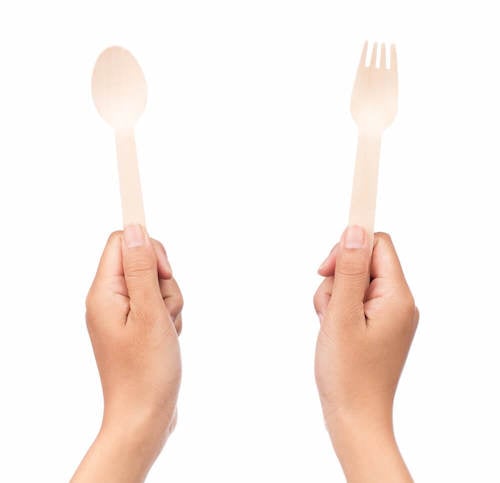
Finding yourself shocked by the amount of plastic in your life? There are alternatives for almost everything. It can be tempting to throw everything out, but that can quickly get expensive and can be impossible for many families. The best way to approach plastic swapping is to always purchase new items as plastic-free as possible, and to prioritize old plastic items and replace when possible.
Metal, Glass and Silicone Straws
Instead of plastic straws, choose metal, glass or silicone straws. While silicone is considered a form of plastic by some, it doesn’t leach into foods or produce the same forms of toxicity as conventional or disposable plastic.
Glass Food Containers
Instead of the ubiquitous plastic containers that are found in most cupboards, choose plain glass Pyrex containers (plastic lids can be OK since they don’t come in contact with food). Glass is considered non-toxic since it is derived from sand, but you’ll want to choose a plain glass, not anything that is painted or frosted, since those can leach chemicals or toxins, including lead. (26) While glass can be impractical for houses with small children, mason jars can also be helpful for storing leftovers. Silicone sleeves are available for glass jars and some bowls to help make them shatterproof.
Stainless Steel Water Bottles
Instead of using plastic water bottles and cups, opt for stainless steel water bottles and glasses. Silicone shields are available to help make them less breakable.
Silicone Baggies
It’s super convenient to take food on the go or to quickly store leftovers, but these little plastic baggies are major plastic offenders. Try swapping them for silicone baggies, of which Stasher bags are popular and easy to wash and reuse. They’re even dishwasher safe. Food grade silicone, like what Stasher uses to manufacture their product, is considered non-toxic because it is derived from silica, an abundant natural resource also derived from sand, instead of most plastics, which are derived from petroleum bases.
Reusable Bamboo Forks and Spoons
If you need those on-the-go plastic forks and spoons, opt instead for a reusable bamboo set that will travel with you, or just pack silverware (and don’t forget to bring it back).
Metal Lunchboxes
Metal bento boxes are popular right now and for good reason: they’re more environmentally friendly and durable. Since they’re often made from stainless steel, they won’t put your child’s food in danger of contact with plastics. [tweet_quote]Pack your kids’ lunches in durable, environmentally friendly stainless steel bento boxes.[/tweet_quote]
Silicone Ice Cube Trays
Silicone ice cube trays work just as well as plastic ones, and bonus: they don’t discolor or age from repeated uses.
Wooden and Silicone
Wooden toys, which are making a comeback, are about more than just the vintage vibe. These toys tend to be more expensive, but they’re plastic-free and built to last significantly longer. Silicone or real rubber toys can also be a good option for babies who love to chew things.
Glass Baby Bottles and Cups
Babies are at the highest risk for danger from repeated plastic exposure, so opt for safer options like glass baby bottles with silicone sleeves and nipples, stainless steel drinking cups, or water bottles with silicone straws.
Cast Iron Cookware
That nonstick cookware emits a form of plastic toxin when it’s heated, so instead, opt for stainless steel or cast iron cookware. (27)
Glass, Porcelain and Silicone Dishes
Options include glass, porcelain, and silicone, meaning there’s something for everyone that doesn’t include plastic toxins.
Cotton Mattresses
Since these can be a main source of long-term plastic exposure along with flame-retardants and other chemicals, choose a mattress that is organic and made from cotton, latex, wool, bamboo, or other natural substances. (28)
Bottom line: There will always be some level of plastic exposure thanks to the modern environment that we live in. But when we enable our bodies to effectively detox, and then we cut down on exposures by choosing alternatives to plastic, we will set ourselves up for greater health and wellness.
(Read This Next: 5 Dangers of Drinking Bottled Water)

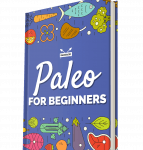
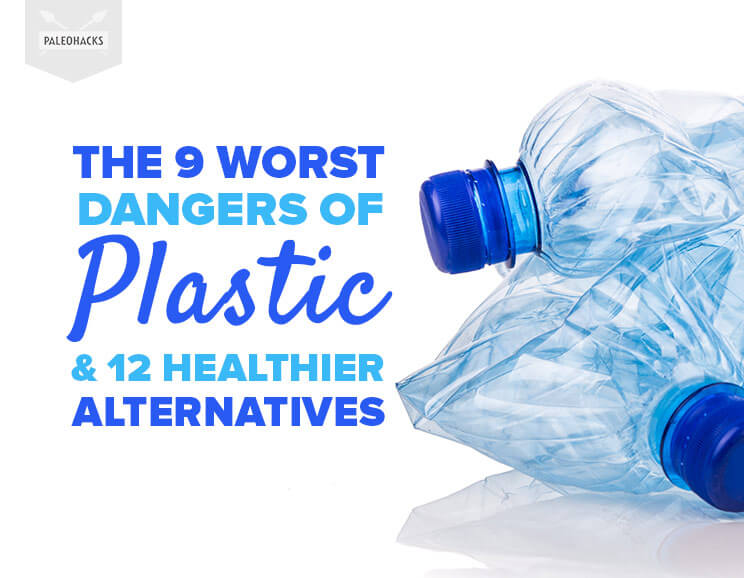

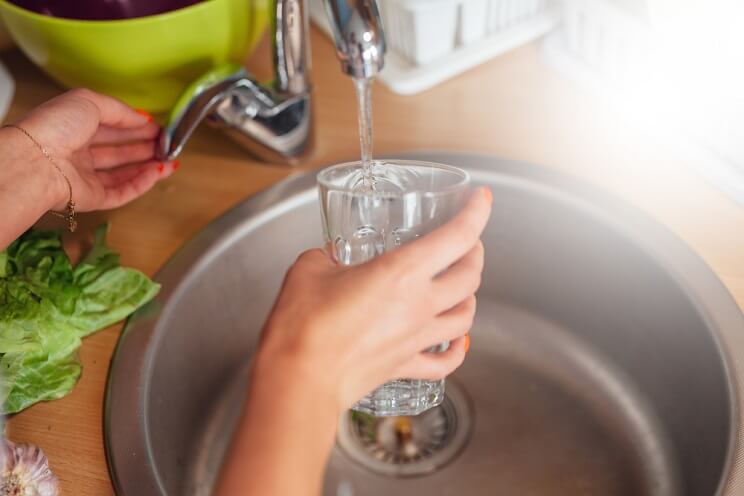
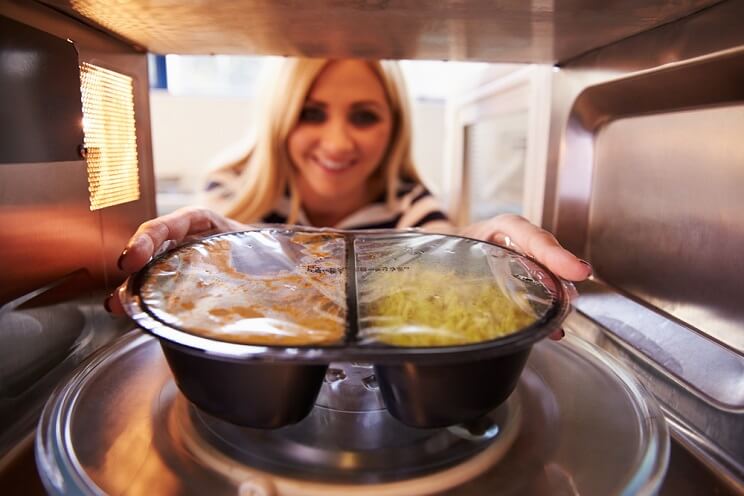
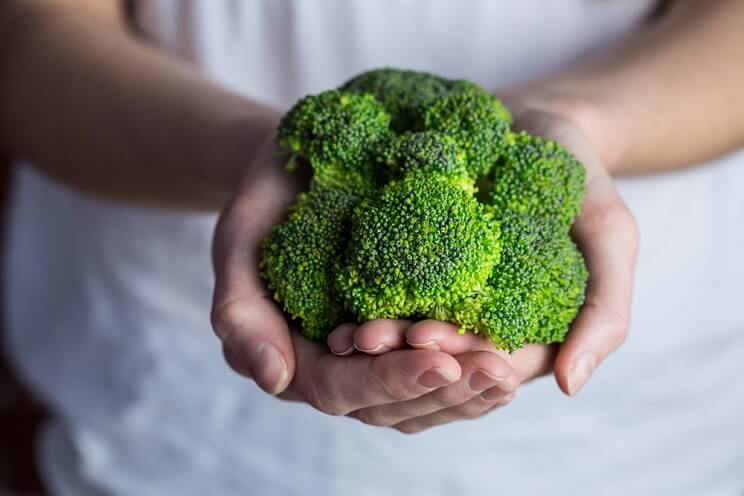
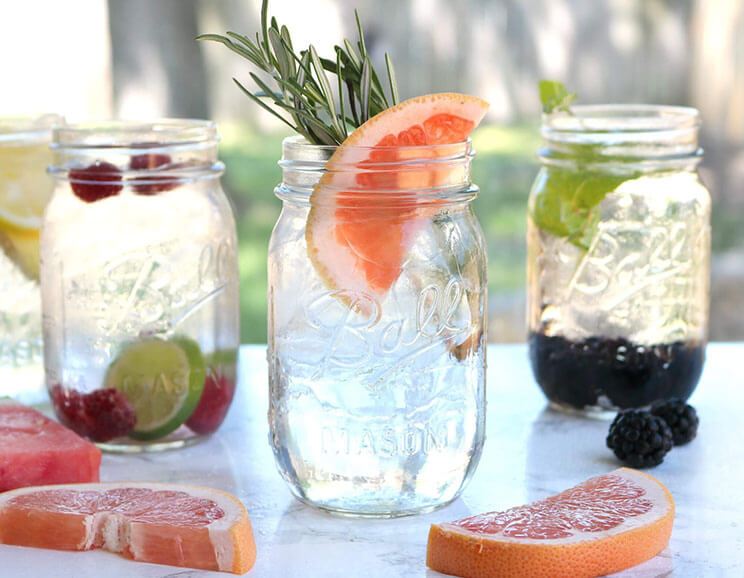
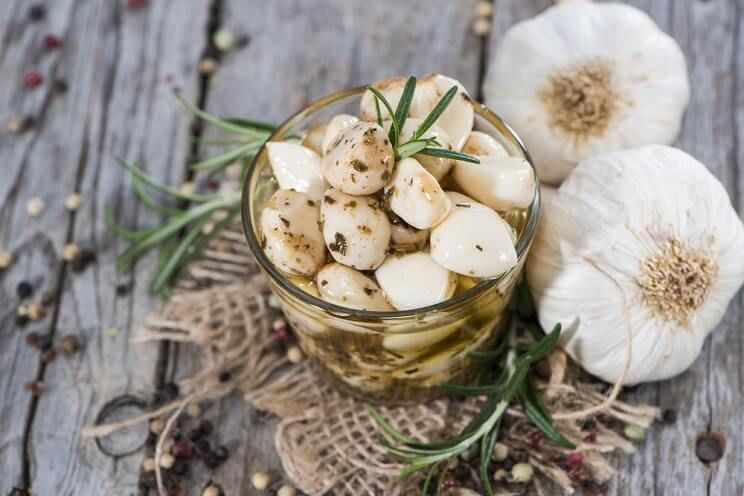
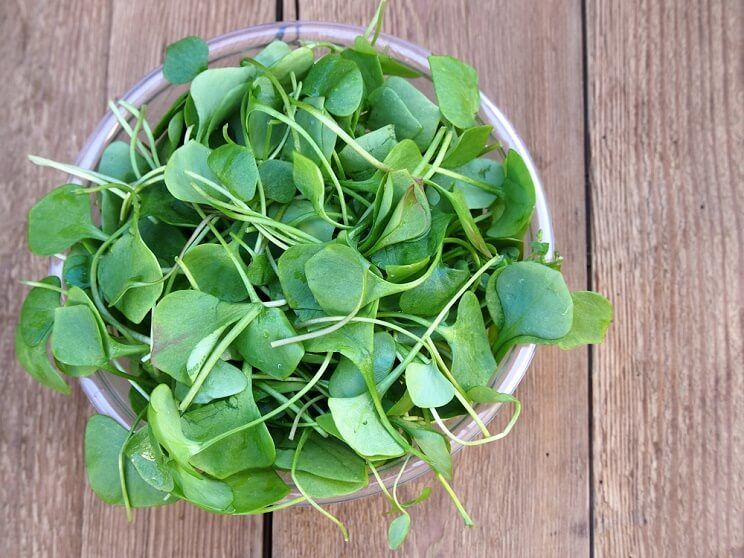

 5 Exercises for New-Mom Shoulder Pain
5 Exercises for New-Mom Shoulder Pain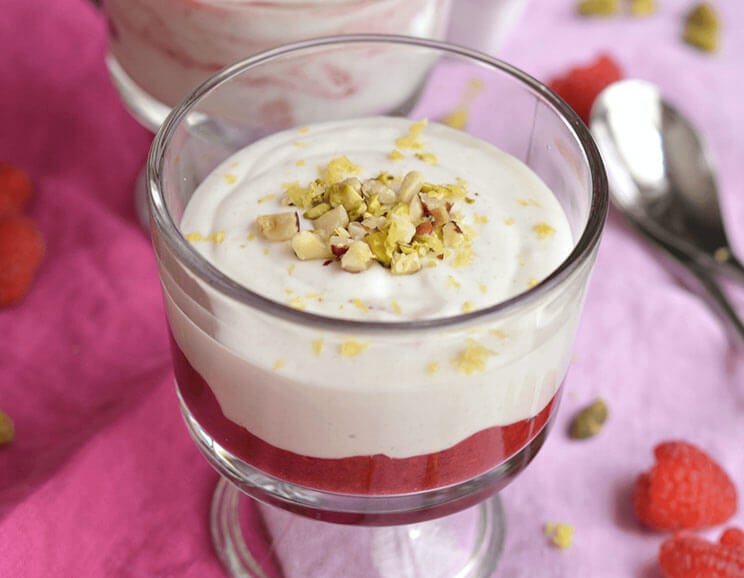

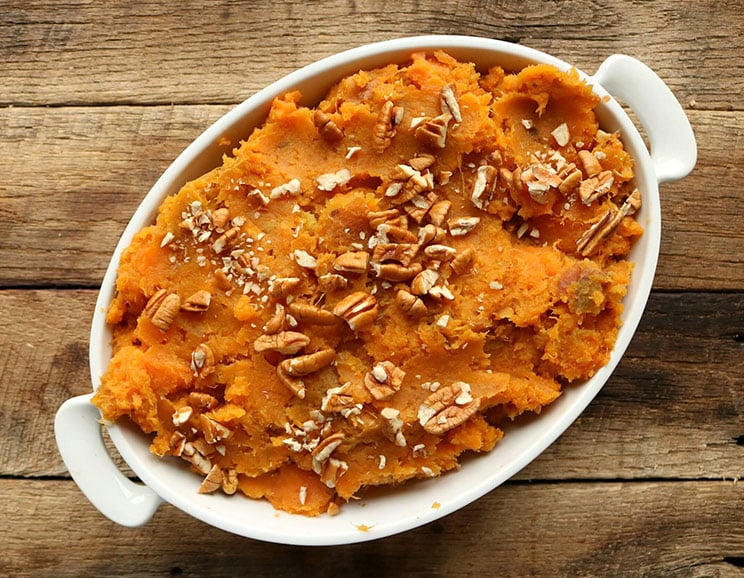

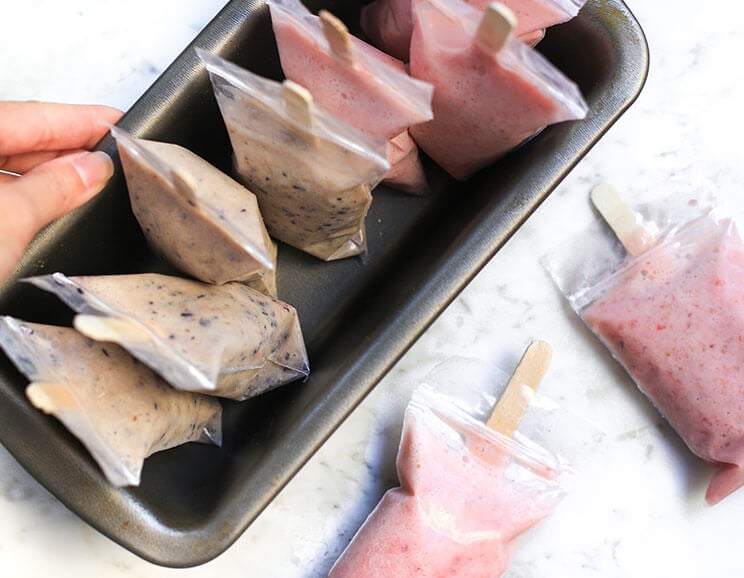
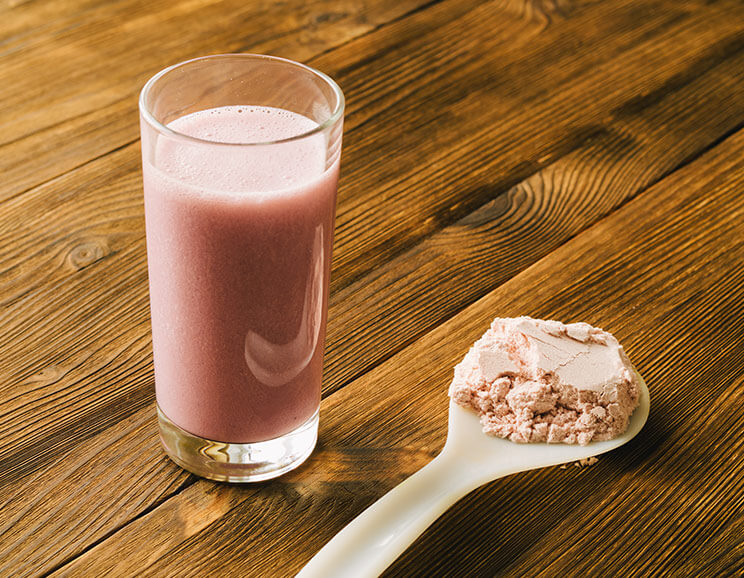
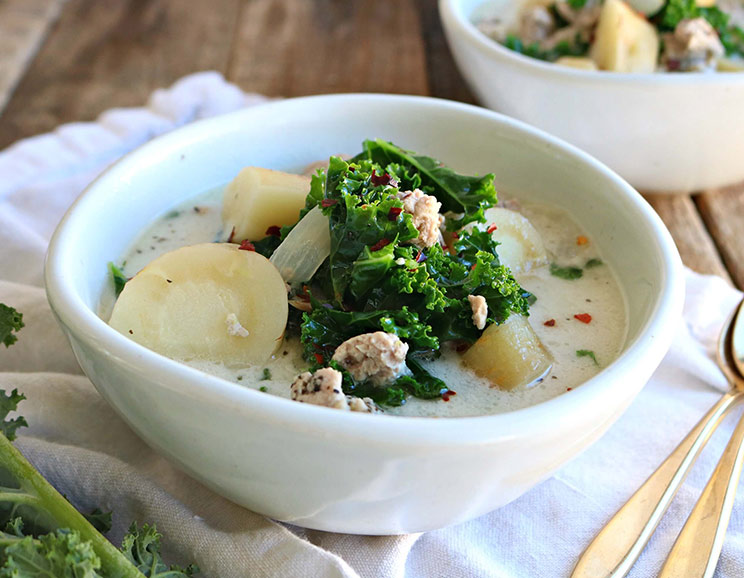

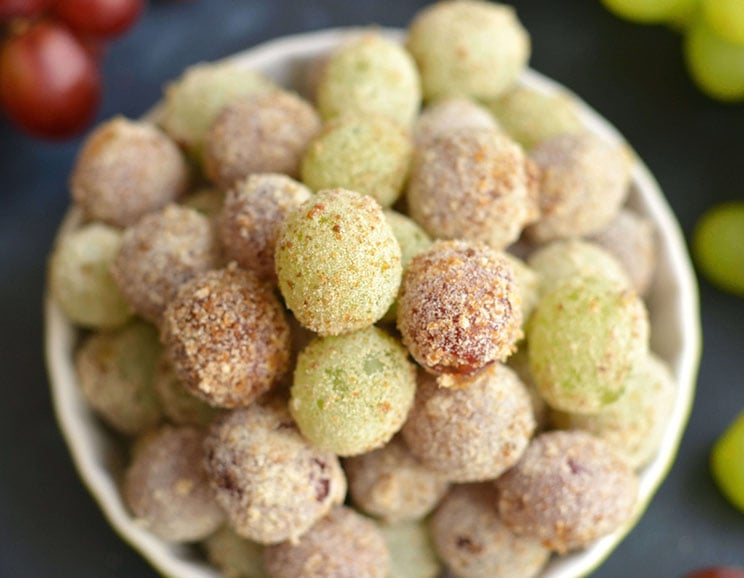
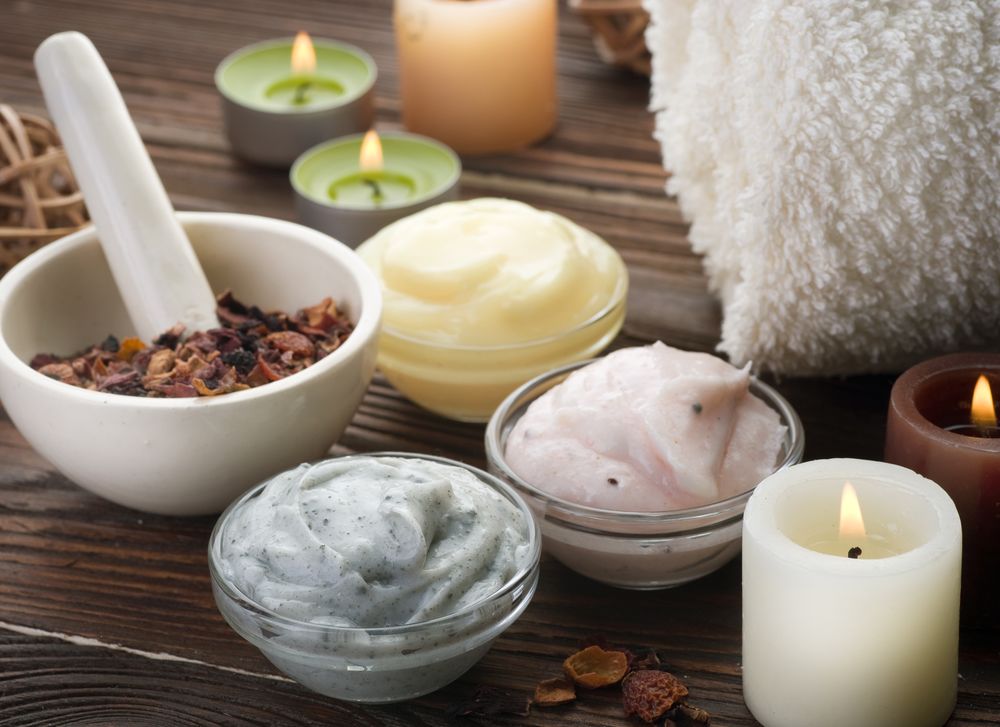
Show Comments